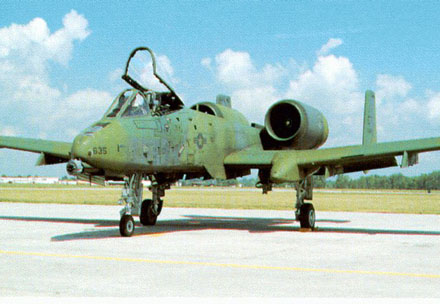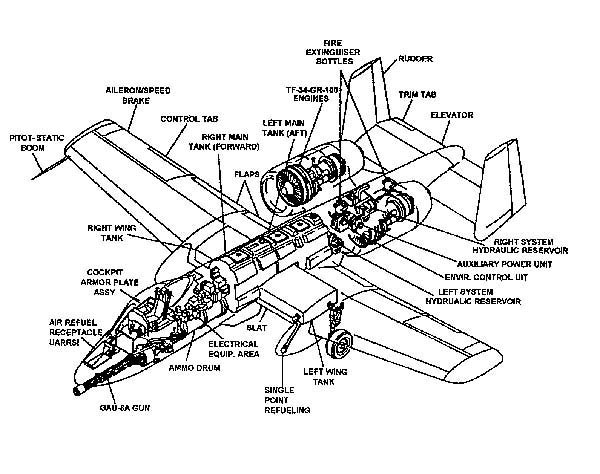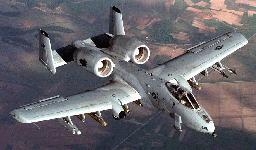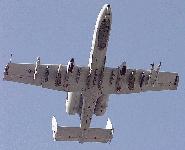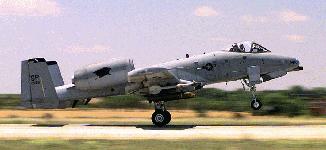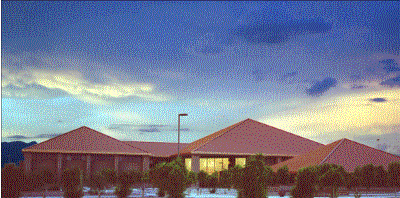Technical data is for A-10A. Nation: USA Manufacturer: Fairchild Republic Co. Type: Attack Year: 1975 Engine: 2 General Electric TF34-GE-100 turbofans, 9,275 lb thrust each Span: 57 ft 6 in Length: 53 ft 4 in Height: 14 ft 8 in Loaded Weight: 47,400 lb Max Speed: 449 mph at sea level Ceiling: ? Range: 620 miles Crew: 1 Armament: 1 Gau-8/A Avenger 30mm cannon, 16,000 lb of stores
